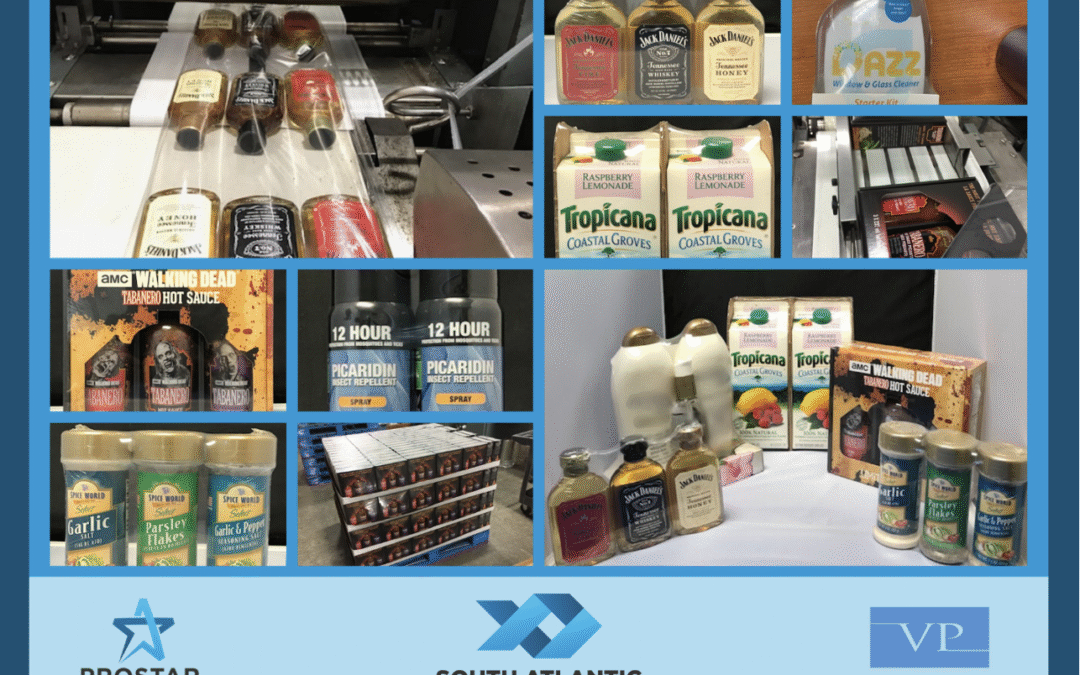Next-gen co-packers constantly evaluate the best options for customers, based on the project requirements and product characteristics. Shrink wrapping is a popular co-packager service choice for many global consumer brands. But not all shrink wrap is the same. In fact, there are three main types of film material co-packers use for shrink wrap; and each has different specifications and advantages.
- Polyolefin (POF) – Polyolefin is the most popular film used for shrink wrapping because it is extremely durable and versatile, and it is FDA-approved. POF works well with high-speed machines and is very cost effective. It comes in various thicknesses and has great strength characteristics. POF also is 100% recyclable, so from a sustainability standpoint, it is the film of choice.
- Polyethylene (PE) – PE has very specialized uses, typical around weight and size. PE film can be much heavier, giving a higher puncture rate and better surface protection. However, PE provides less shrinking properties, thus it does not always give the best finished appearance. Blending materials may improve shrinkage, but the blend may result in lower levels of sustainability of the plastic.
- Polyvinyl (PVC) – This product is lightweight but is used less often than (PE) and (POF) because of health concerns related to the film and sustainability characteristics.
Not all co-packaging services that involve plastic film are true shrink wrapping. Though these other services sometimes may be confused for shrink wrapping, they are not. In some cases, the plastic film used in these alternative co-packaging methods either is not heated or it does not entirely encase the product. Here is a glance at some of these alternatives and when they might be an option to discuss with your co-packaging partner:
- Bundle Wrapping – While bundle wrapping shrinks to conform around products, it doesn’t fully encapsulate the product surface in the way shrink wrapping does. With bundle wrapping, two ends called bulls eyes are exposed, ultimately creating open circles to facilitate easier gripping and handling. You will find this method used by co-packers preparing beverage SKUs, such as cases of water.
- Stretch Wrapping –This co-packaging service involves stretching plastic sheeting and is used primarily for wrapping full pallets stacked with product. It does not involve heating and shrinking the film.
- Skin Packaging – With this method, plastic that has been draped across the product is vacuumed down onto chip board with the product sandwiched between. This process is not used very often because of its cost to assemble, weight and long processing times.

